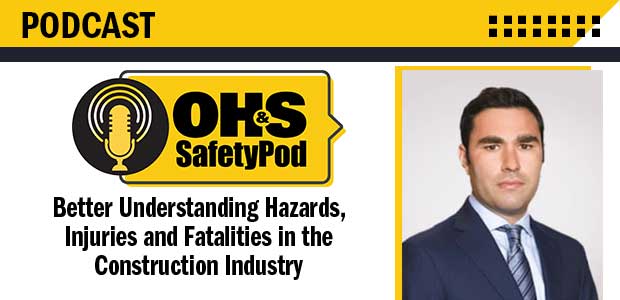
Episode 69
It’s Construction Safety Week! Listen in as Editor Sydny Shepard gives a brief background on the history of Safety Week, discusses current injury and fatality rates in construction and interviews labor attorney Zachary Perecman about how construction companies can better protect those on-site.
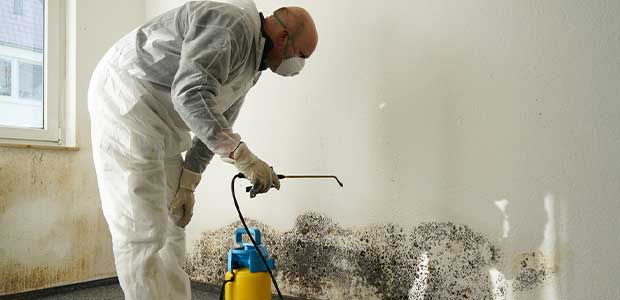
There are different ways to get rid of, prevent mold damage and stay safe after extensive time away from the workplace where mold keeps forming.

Work-related injuries are a complex and costly problem. Musculoskeletal Disorders (MSDs) are among the most widely spread occupational issues in industries and services, with increasing expenses of salary compensation and health costs, declining productivity and lower quality of life.

Toxins are living in the showers and eyewashes; we have your guide against the hazards.
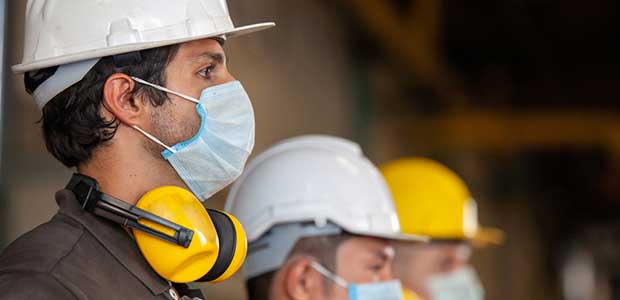
What’s the importance of respiratory PPE then and now?

Hearing loss can be amplified by noise and chemicals.

The smarter path to social distancing.
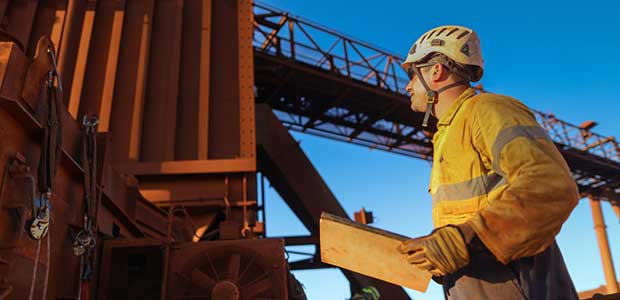
How safety and health professionals can scope out the big picture of workplace hazards and assess their risks through Visual Literacy practices.

For some companies, data has become a critical part of safety and sustainability programs.
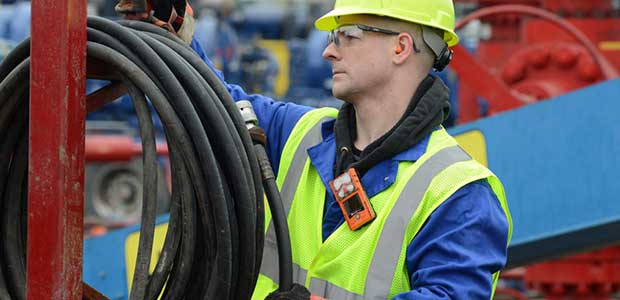
By sharing data and information out to teammates and supervisors, wearable devices can have a positive impact even in the most hazardous of situations.